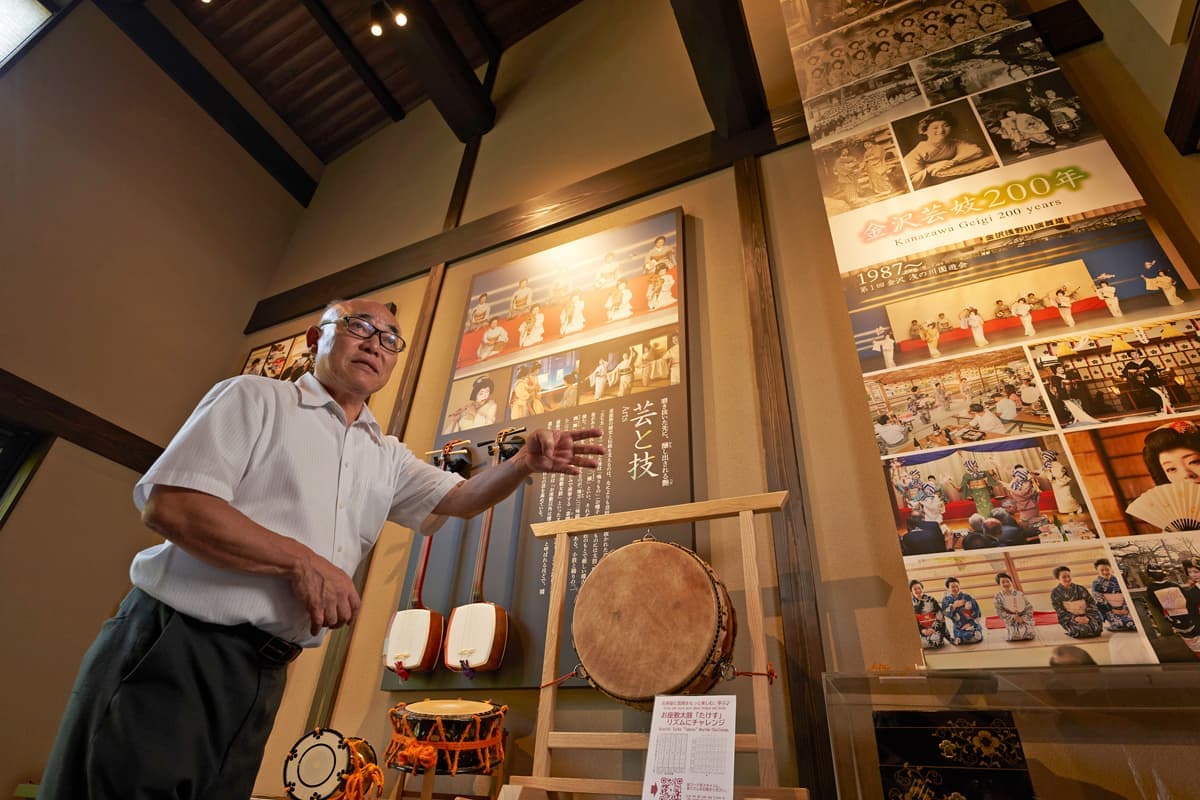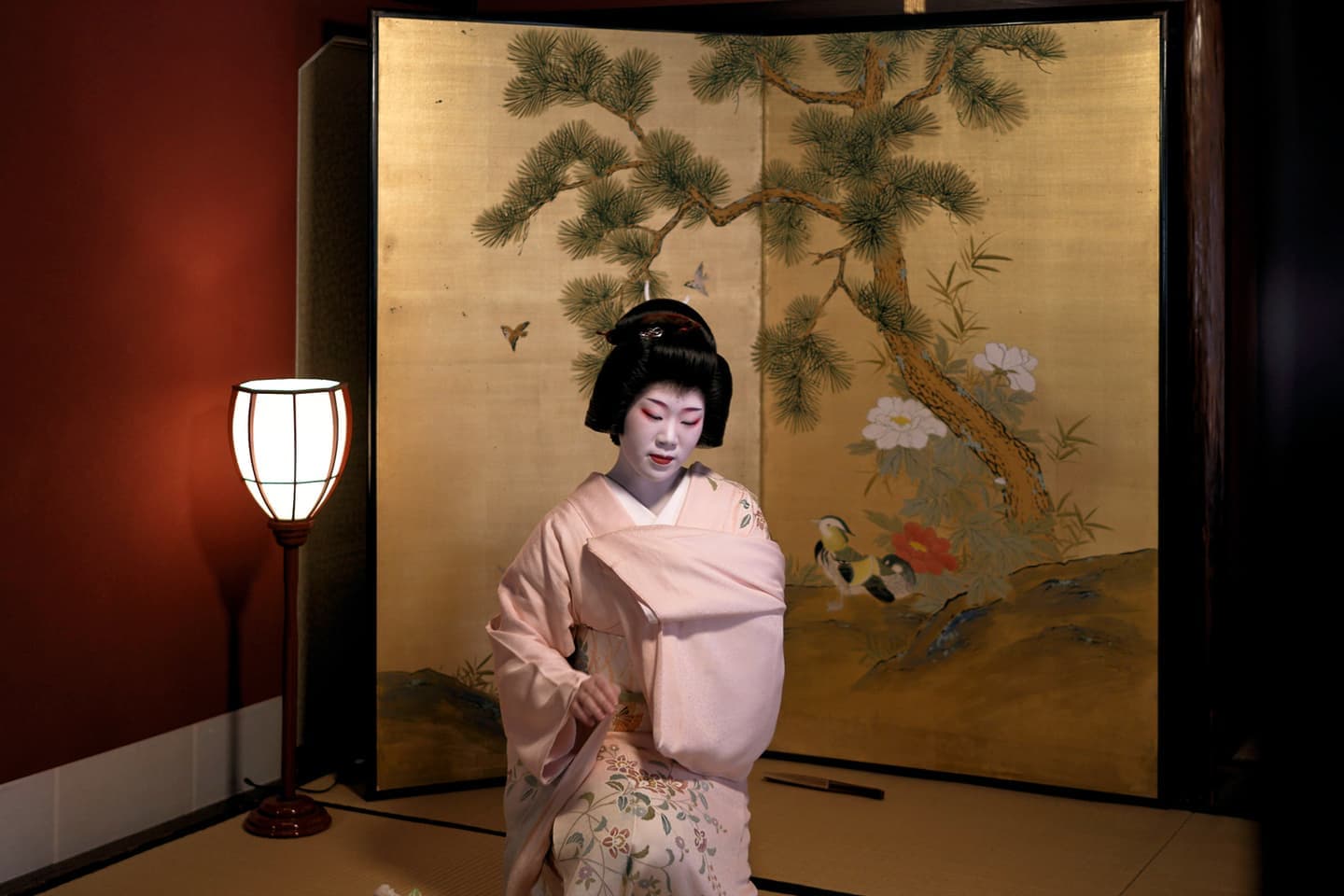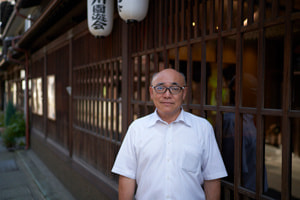We interviewed Junichi Uehara, the manager of Kanazawa Asanogawa Enyukai Hall, an establishment dedicated to showcasing the rich cultural heritage of the geisha quarters in Kanazawa.

A city preserving traditional streetscapes and artistry
Since the Edo period, Kanazawa has remained untouched by the ravages of war and significant natural disasters, preserving its historical treasures that survive to this day. The city’s three geisha quarters—Higashi, Kazuemachi, and Nishi—retain the streetscapes of days gone by. Within the meticulously arranged chaya establishments designed for banquets, geishas captivate guests with their performances encompassing dance, taiko drumming, Japanese flute melodies, shamisen strumming, and melodic singing.
Kanazawa’s geishas take immense pride in being custodians of traditional performing arts, and they prioritize their rigorous practice above all else. They dedicate a considerable amount of their daylight hours to training, showcasing their skills at evening banquets. Recognizing the profound importance of preserving these performing arts, they steadfastly avoid relying on recorded music during their dance performances. While geisha quarters throughout Japan have garnered attention as tourist attractions in recent years, Kanazawa distinguishes itself by offering more than just a tourist spectacle; here, it embodies an authentic and vibrant living artistry. Enchanted by such an environment, some women journey from Tokyo to Kanazawa, drawn by the aspiration to join the geisha path within this city’s embrace.
Geishas’ finery invites the audience
into an extraordinary realm


Kanazawa Asanogawa Enyukai Hall
Mr. Uehara, manager of the Kanazawa Asanogawa Enyukai Hall
Kanazawa Asanogawa Enyukai Hall






